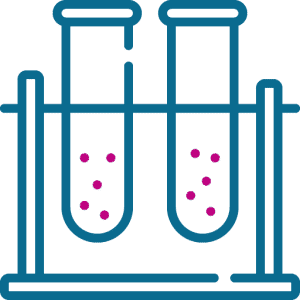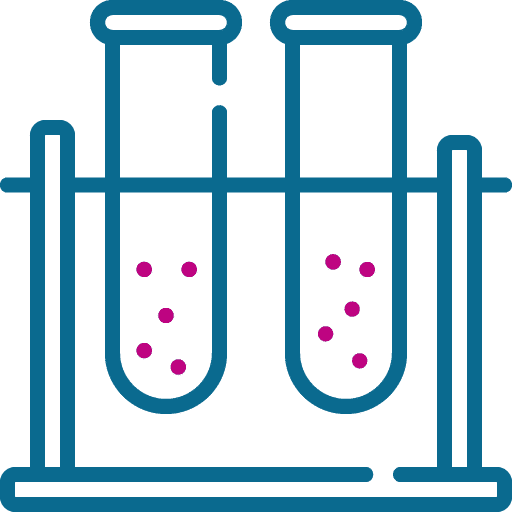LDL (β) cholesterol

LDL cholesterol testing is used to properly assess the risk of cardiovascular disease.
What is the need for a study?
LDL cholesterol – a test used to properly assess your risk of cardiovascular disease. The test is required if adverse values were found in other lipidogram tests (cholesterol, high-density lipoprotein (HDL) cholesterol and triacylglycerols).
When should I be tested?
For adults, it is recommended to have an LDL cholesterol test every five years. The test is performed more frequently (up to several times a year) in patients who have been prescribed a diet and/or cholesterol-lowering drugs to check the effectiveness of the adapted measures. Lowering LDL cholesterol to desirable levels means a lower risk of heart disease. LDL cholesterol tests are also more commonly prescribed for people who are at higher risk of heart disease: smokers, people over 45. for men or women aged 55 or over women with hypertension (blood pressure above 140/90 mmHg or on blood pressure-lowering medication), diabetes, and known history of cardiovascular disease in relatives at an early age (up to age 55 for men and up to age 65 for women).
What sample is needed for the test?
Blood is drawn from a vein in the arm.
How to prepare – LDL cholesterol – for the test?
You should abstain from eating for 9-12 hours before the sample is taken. You can only drink water.
What do my results mean?
Elevated LDL cholesterol can be an indicator of your risk of heart disease, so your LDL cholesterol score can be assessed as follows:
1. less than 2.59 mmol/l – optimal;
2. 2.60-3.34 mmol/l – slightly elevated;
3. 3.35-4.14 mmol/l – elevated;
4. 4.15-4.90 mmol/l) – high;
5. greater than 4.90 mmol/l – very high.
When assessing individuals for cardiovascular disease risk with treatment (diet or drugs such as statins), target LDL cholesterol results are stratified by risk group:
1. Low-risk group – less than 3.0 mmol/l;
2. Intermediate risk group – less than 2.6 mmol/l;
3. High-risk group – less than 1.8 mmol/l;
4. Very high risk group – less than 1.4 mmol/l.
Related studies
Glucose, high-sensitivity C-reactive protein, NT-proBNP, other lipids: cholesterol, HDL-cholesterol, triacylglycerols, lipoprotein(a), ApoA, ApoB, non-HDL-cholesterol, atherogenic index
Related conditions/diseases.
Cardiovascular diseases: myocardial infarction, stroke, hypertension
You can consult our family doctors.


